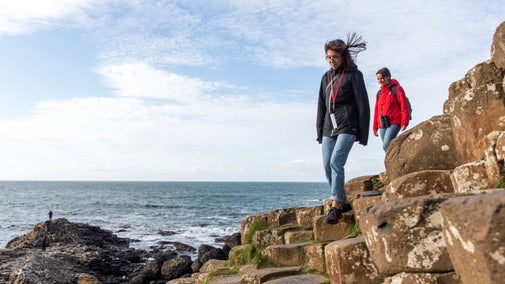Borger Dalr geology walk
Lake District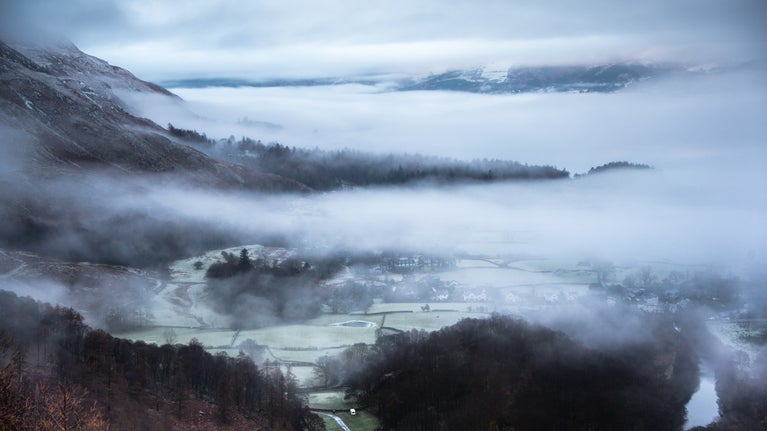
Explore the origins of Borrowdale as you walk from Bowder Stone car park to Castle Crag, including the poignant war memorial Peace Howe, and amazing views of the flat valley bed that was formerly the bottom of an Ice Age lake.
Near to
Borrowdale and Derwent WaterStart point
Bowder Stone National Trust car park, grid ref: NY253168Trail information
More near here
Peace How walk from High Brandelhow jetty
From High Brandelhow jetty, follow this gentle walk to Peace How – a hill dedicated to providing tranquility after the First World War, with views to Derwent Water and Castle Crag.
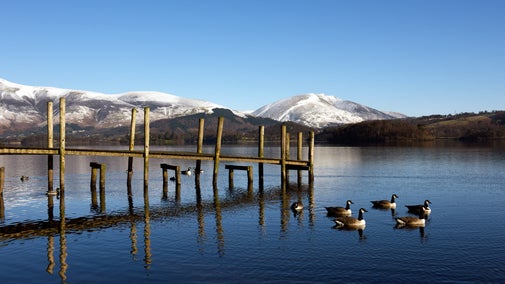
Castle Crag from Seatoller trail: the scenic route
If you would like to climb Castle Crag in a more civilised way, try this walk that also provides great views across the valley.

Rosthwaite Round, fells, tarn and beck walk
Along this favourite walk that takes you to a Borrowdale gem, the hamlet of Watendlath, you'll discover oak woodland, two tarns (mountain ponds) and stunning Lakeland views.
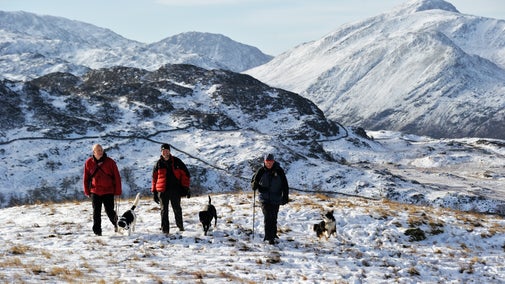
Seatoller, Styhead Tarn and Grains Gill walk
An invigorating circular walk takes you from Seathwaite into the heart of the Lakeland fells, with peaceful tarns to picnic by and views of Great End and Great Gable.

Get in touch
Our partners

We’ve partnered with Cotswold Outdoor to help everyone make the most of their time outdoors in the places we care for.
You might also be interested in
Walking in the Lake District
From gentle ambles to more challenging hikes, these are some of the best walks to explore the heart of the Lake District.

Activities on Derwent Water
Take to the water for a spot of canoeing, paddleboarding or paddling. The islands of Derwent Water are waiting to be discovered
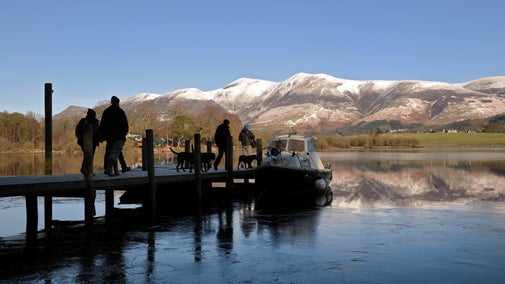
Things to see at Derwent Water and Keswick
Take in the views from Friar’s Crag and visit historic sculptures on a lakeside walk around Derwent Water or set off from Keswick to explore the surrounding woodlands and fells.
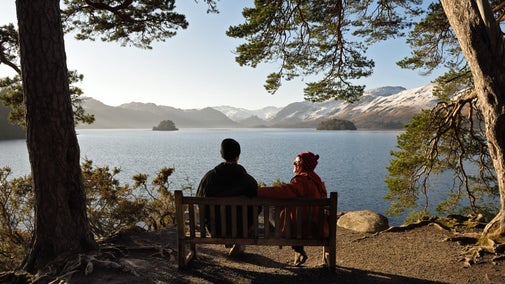
Things to see and do in Borrowdale
Discover the top things to see and do during your visit, including scenic walks, ancient woodlands, far-reaching views and famous Lakeland highlights such as the Bowder Stone

Cotswold Outdoor: our exclusive walking partner
Learn about the National Trust’s ongoing partnership with Cotswold Outdoor. Find out how they help us care for precious places and the exclusive discount available for National Trust supporters.
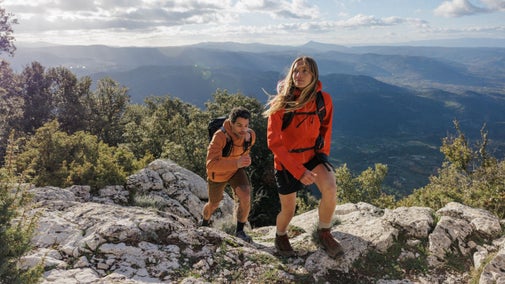
Staying safe at National Trust places
The special places in National Trust care sometimes come with a few risks for visitors, be it coastline or countryside. Find out how to keep safe throughout your visits.
